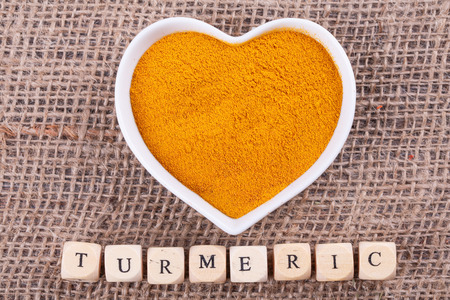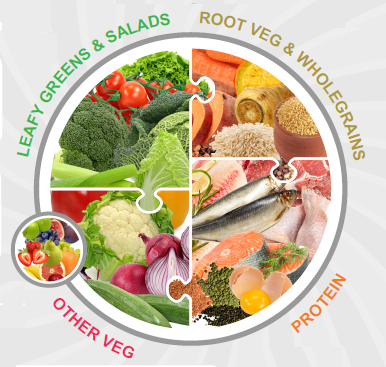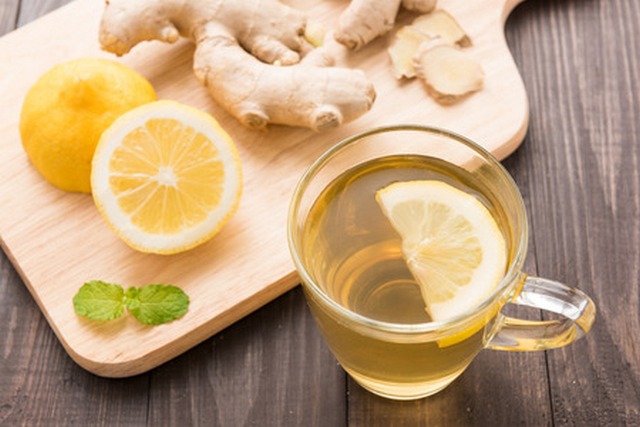In the western world we eat a diet high in wheat, dairy, sugar. These foods can cause acidity and inflammation in the body. Our diet is high in omega 6 and low in omega 3 which can lead to production of arachadonic acid and inflammatory pathways in the body. This can lead to chronic inflammatory conditions such as arthritis and heart disease. However we have the power to reduce inflammation and feel better by changing our diet. When we include anti-inflammatory foods in our diet, inflammation and pain can be eased. Furthermore your joints work more smoothly, cell membranes are held together and immune cells produces less histamine.
Here are my recommended top 10 anti-inflammatory foods:
- Oily fish – is rich in omega 3 that stimulates anti-inflammatory pathways in the body, reducing inflammation. Oily fish rich in omega 3 include mackerel, sardines, salmon, anchovies and herring.
- Ginger – is a root herb that improves circulation in the fingers and toes. Also it can prevent nausea and reduce inflammation in the body.
- Turmeric -is a spice that can reduce inflammation. It decreases permeability in the blood-brain barrier to prevent brain inflammation and cognitive decline. Furthermore it fights cancer.
- Nuts & seeds – plant based sources of omega 3 include walnuts, flaxseed/linseed, chia seeds, hemp seeds and pumpkin seeds.
- Green leafy vegetables – are rich in minerals and alkalise the body, reducing acidosis and the associated inflammation. Also they are rich in vitamin C which acts as a natural anti-histamine to reduce inflammation.
- Extra virgin olive oil – contains the chemical oleocanthal that acts similarly to ibuprofen to reduce pain and inflammation.
- Garlic – this potent herb can help to reduce joint swelling.
- Green tea – is rich in polyphenol antioxidants and helps to reduce inflammation.
- Blueberries – are rich in the antioxidant quercetin that protects the body from oxidant stress, reducing inflammation.
- Pineapple – contains the digestive enzyme bromelain. Bromelain helps to regulate the immune system and prevent unwanted inflammation.
Finally if you would like more information about how to reduce pain and inflammation, contact Kate on 07652 868342 or info@kateoriordan.com. You can receive personalised advice including a nutrition plan and supplement plan.
Copyright: andrelix / 123RF Stock Photo












